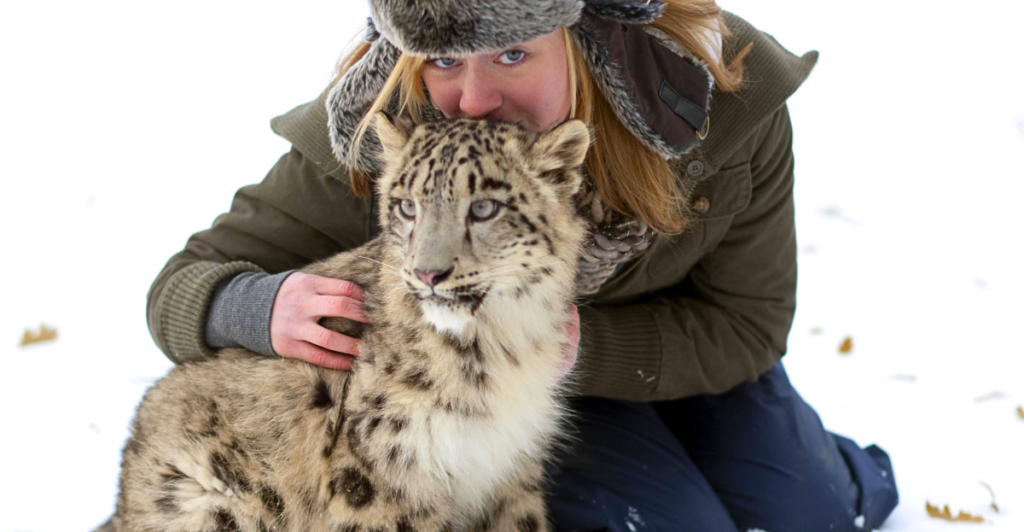
Big cats have long been symbols of untamed majesty and natural power, but many teetered on the brink of extinction due to human activities. In the last few decades, a wave of conservation efforts—ranging from anti-poaching patrols to habitat reconstruction and community engagement—has brought hope for their survival.
Six of the most well-known big cat species are now making dramatic recoveries, reversing decades of decline. Their comeback is not just a win for animal enthusiasts but a critical move towards balanced ecosystems worldwide.
In this article, we will examine how combined science, policy, and community engagement can rescue nature’s most recognized apex predators from extinction.
The Roles These Cats Play in Ecosystems
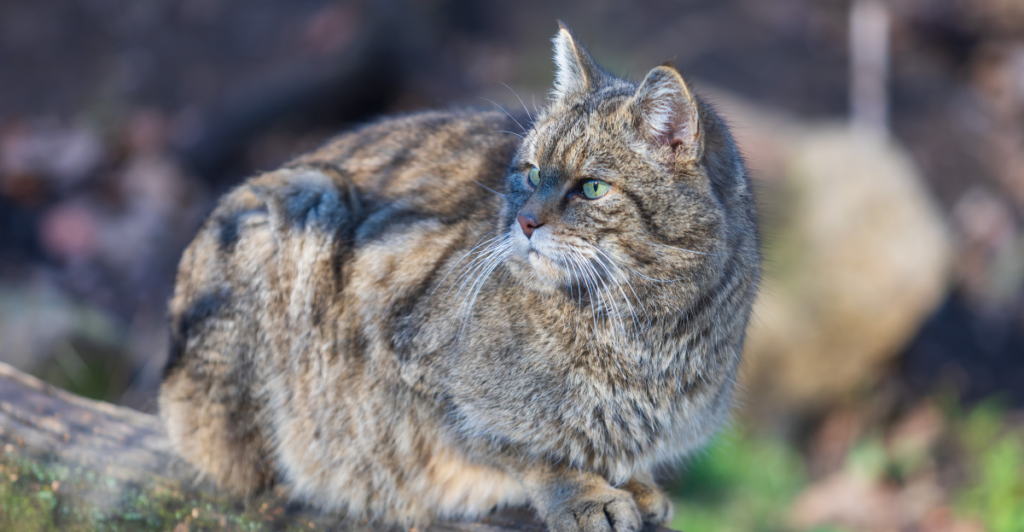
Big cats are not only charismatic megafauna—they serve as apex predators, keystone species, and biodiversity indicators, making their ecological roles both diverse and indispensable.
As apex predators, they regulate prey populations, stop overgrazing, and maintain trophic cascades, fostering biodiversity from the top down. They have even proven to help spread seeds via their predation habits, further enhancing plant regeneration and genetic flow.
To save big cats is to conserve large landscapes, to the advantage of countless other species. Their ecological importance means that their conservation is a linchpin for broader environmental health and cultural heritage.
The Key Threats That Endanger Them
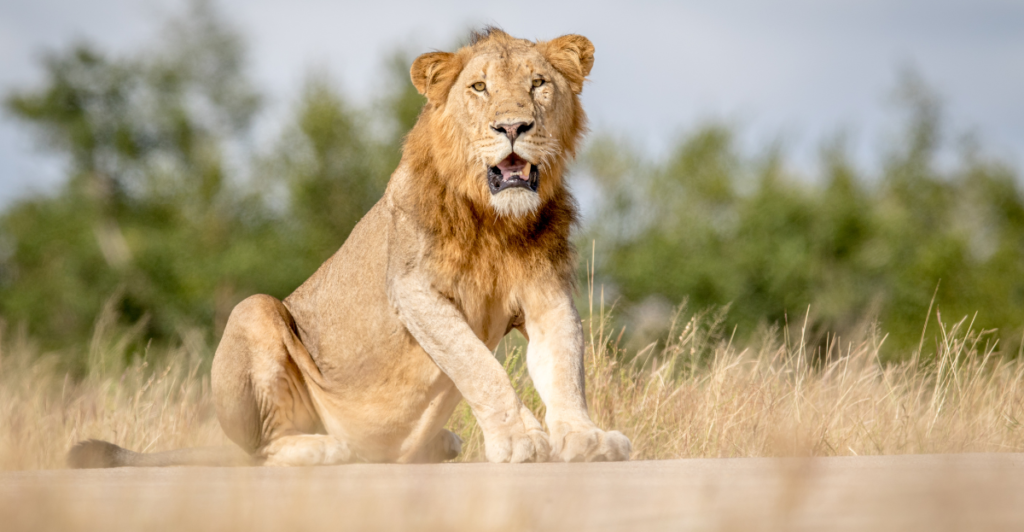
Despite recent progress, big cats continue to be overwhelmed by various threats. These threats include habitat loss, poaching, and climate change, which compound into an increased ecological crisis.
Habitat loss and fragmentation, driven by agricultural expansion and urbanization, push them toward human settlements, resulting in increased human-wildlife conflicts. For example, retaliatory killings by farmers whose livestock sometimes fall prey to migrating cats.
Poaching for illegal wildlife trade remains a devastating force, fueled by the demand for traditional medicine, luxury products, and wildlife trophies. Climate change disrupts their habitats and prey resources. These interconnected threats call for holistic, adaptive conservation strategies.
1. Tigers: India’s Roaring Recovery
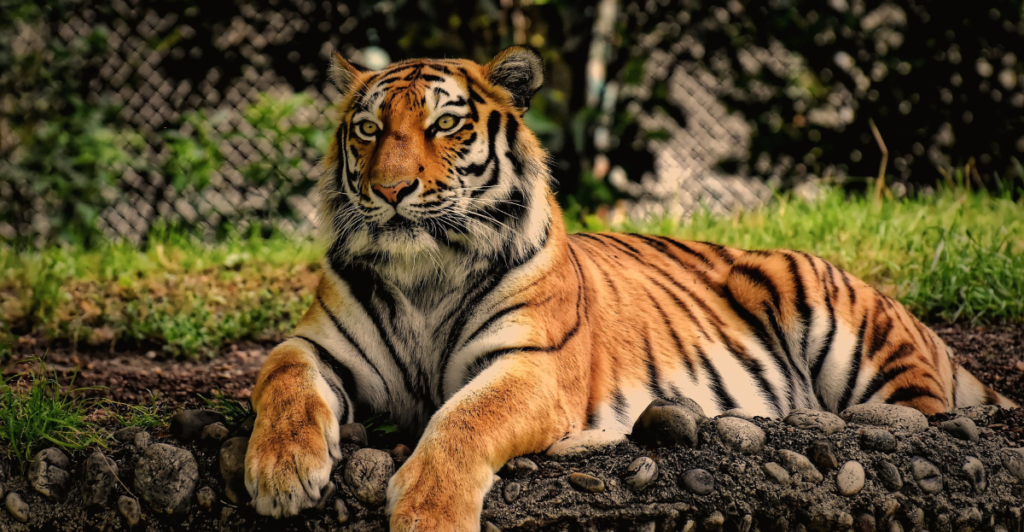
Once numbering over 100,000 in the wild across Asia, wild tigers faced disastrous declines from hunting, habitat loss, and poaching. By the early 2000s, their populations had collapsed, and they were on the brink of extinction in the wild.
However, thanks to India’s intensive conservation initiatives, which include anti-poaching units, habitat restoration, and community engagement, tiger populations rose to 3,167 in 2022. This showed a 6.7% increase since 2018.
This comeback demonstrates the power of concerted, science-based effort and highlights the benefits of both local and global cooperation in wildlife recovery.
2. Iberian Lynx: From Brink to Boom
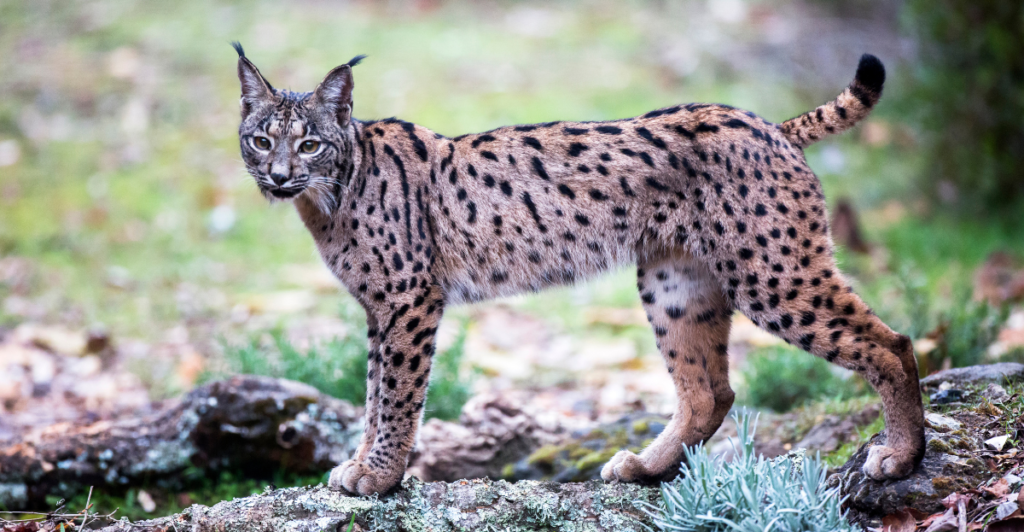
The Iberian lynx, native to southwestern Spain and parts of Portugal and once the world’s rarest cat, nearly vanished in the early 2000s, with only 94 individuals left in Spain. Decimated by a loss in available prey, poaching, and habitat fragmentation, its survival seemed unlikely.
However, after two decades of intensive conservation, including captive breeding, prey restoration, and habitat protection, have paid off. By 2023, the Iberian Peninsula had over 2,000 individual lynxes, and the species was reclassified from “endangered” to “barely vulnerable.”
This increase in population is being hailed as the greatest recovery of a cat species ever due to human conservation efforts.
3. Amur Leopard: Ghost of the Far East Returns

The Amur leopard, native to Russia and China, was once the world’s most endangered big cat, with fewer than 40 in the wild by the early 2000s. They were poached and lost their habitats due to deforestation, making their future prospects particularly grim.
Now, joint international efforts, including anti-poaching patrols and reforestation, have more than doubled their numbers. Despite this, they are still considered endangered and remain on the International Union for Conservation of Nature’s (IUCN) Red List.
However, as of 2024, the population has grown to over 100, a testament to the effectiveness of cross-border conservation and nature’s resilience when given a chance.
4. Jaguars: Rewilding South America
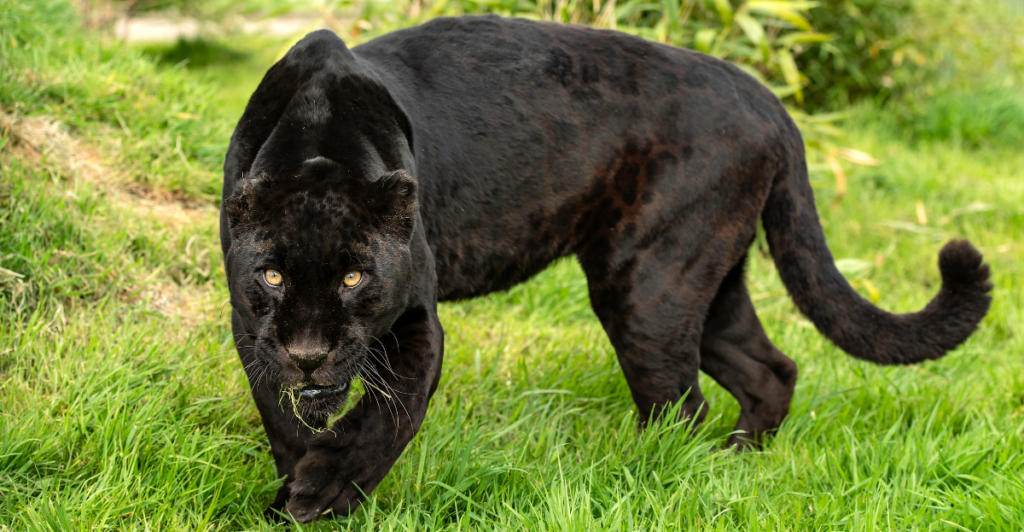
Jaguars, the Americas’ ultimate apex predators, were affected by habitat loss, poaching, and conflicts with ranchers. Locally extinct for decades in certain regions, innovative rewilding programs in Argentina and Brazil have seen the reintroduction of jaguars into regions such as the Iberá Wetlands and El Impenetrable National Park.
The rewilding programs blended habitat corridors, anti-poaching efforts, and community engagement initiatives.
These programs, aimed at restoring jaguar populations while also reviving entire ecosystems, illustrate how the combination of traditional conservation and modern rewilding can restore not just species but entire ecosystems, with beneficial effects on biodiversity and local economies.
5. Snow Leopards: Guardians of the High Mountains
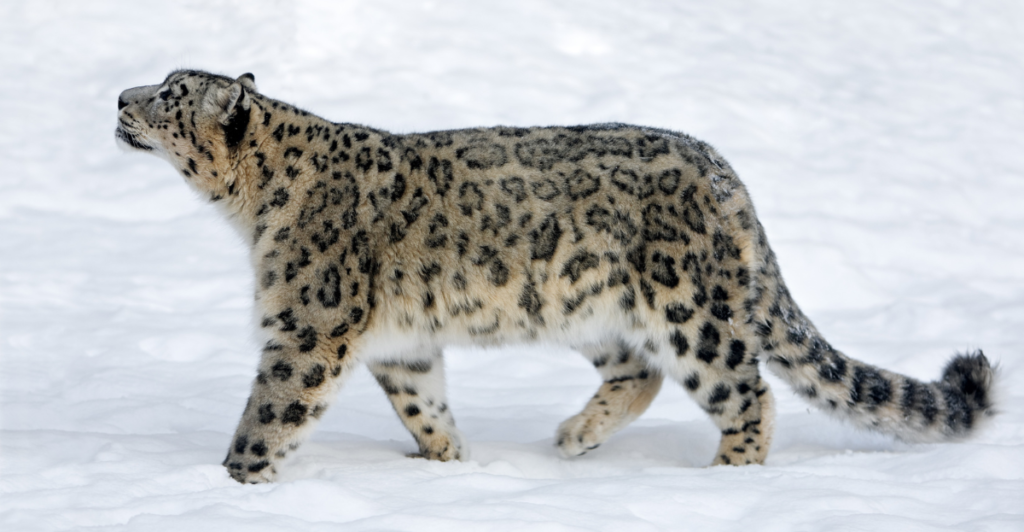
Snow leopards, the elusive icons of Central Asia’s mountains, have been threatened by poaching, loss of prey resources, and climate change for years. As a result, conservationists needed to shift their protection strategies.
To do so, they adopted community-based programs that provide incentives for coexistence, such as livestock insurance and ecotourism. These initiatives have stabilized, and in some areas, boosted snow leopard population numbers.
In fact, early this year, four snow leopards were spotted in a national park in Pakistan. The species’ rebound demonstrates the value of intertwining local livelihoods with conservation goals, disproving the notion that wildlife conservation will always conflict with human interests.
6. Lions: King of Africa Bouncing Back
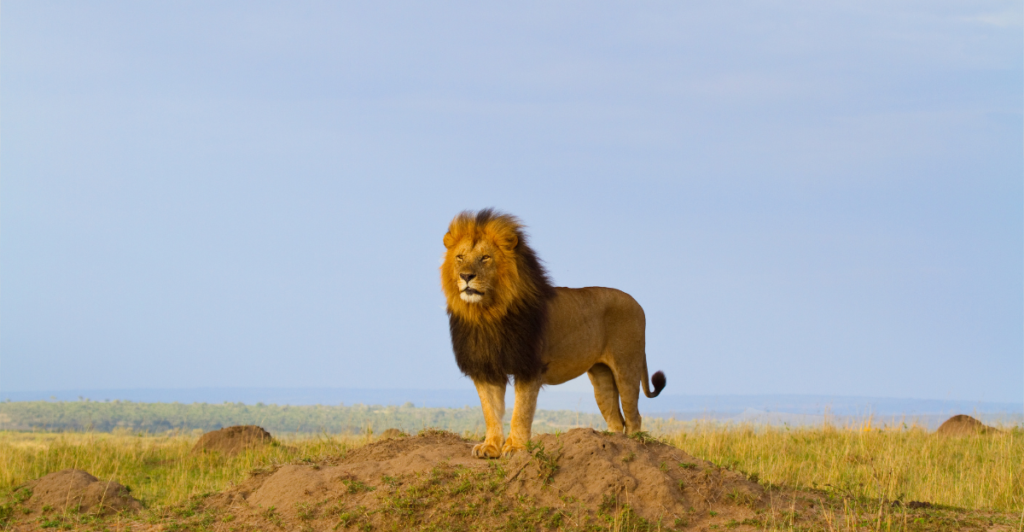
African lions once roamed across most of the continent, but their populations declined dramatically because of habitat loss, human-wildlife conflict, and trophy hunting. In recent years, conservation efforts have seen an expansion of protected areas, increased anti-poaching patrols, and community-based management.
These efforts have proven to halt population declines in critical areas. Consequently, lion populations in Botswana and Namibia have stabilized or increased. While reintroductions Akagera, Majete, and Liwonde have returned lions to the African landscape after decades of extinction.
Moreover, at Zambia’s Kafue National Park, counter-poaching and technology have facilitated a boost in populations, while West African lion numbers doubled at Niokolo-Koba National Park.
A Big Cat Comeback
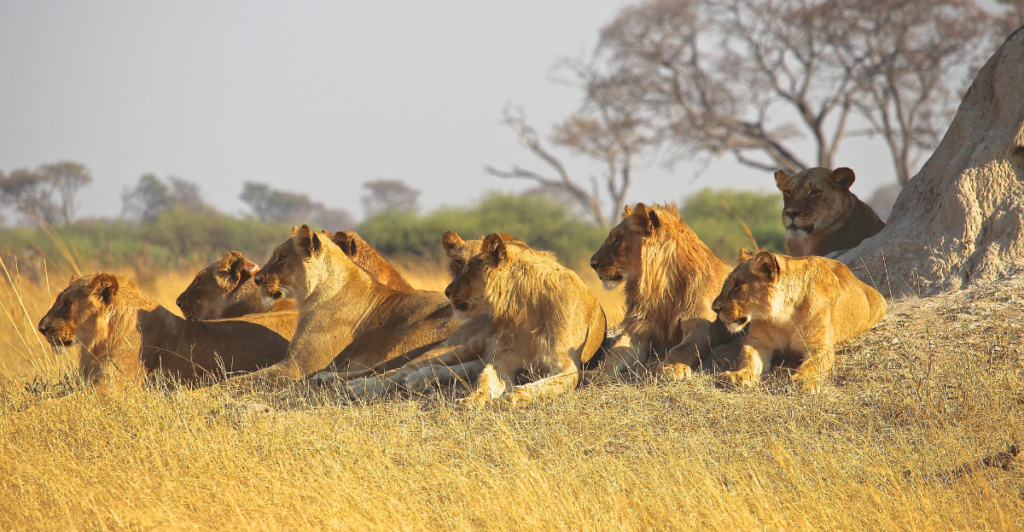
As big cats make a comeback, the power of cooperative conservation has proven to be largely successful worldwide. From tigers in India to jaguars in South America, these successes show that science, policy, and community engagement can halt even the most disastrous decline.
As these apex predators bounce back, they restore balance to ecosystems and inspire future generations of conservationists. Their stories highlight the importance of flexibility and collaboration in wildlife conservation.
By embracing innovation and challenging conventional wisdom, we can ensure that these incredible animals will continue to thrive, enriching nature and human culture for generations to come.
Explore more of our trending stories and hit Follow to keep them coming to your feed!

Don’t miss out on more stories like this! Hit the Follow button at the top of this article to stay updated with the latest news. Share your thoughts in the comments—we’d love to hear from you!







